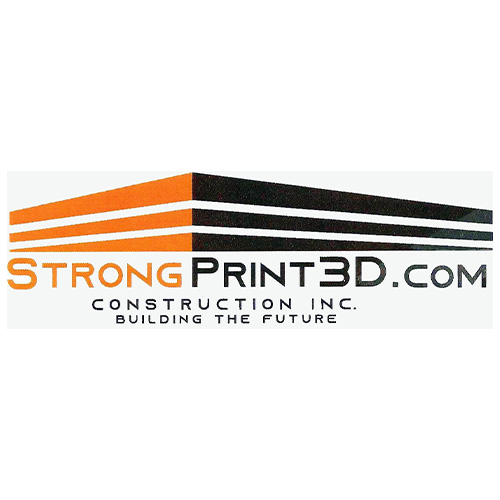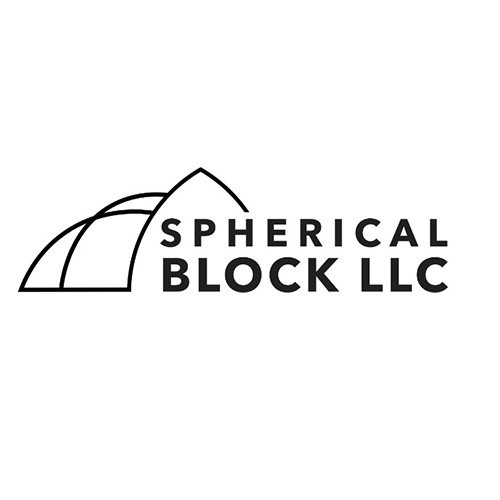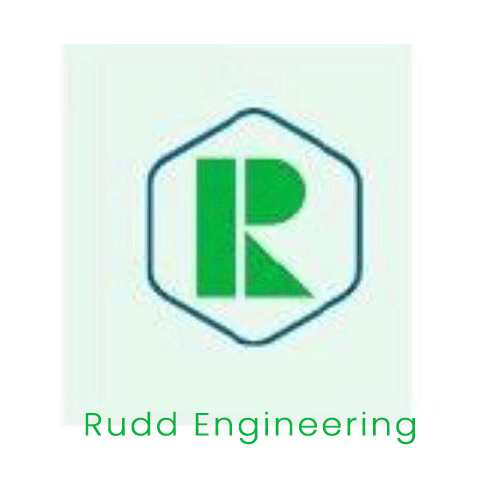Geopolymer International is engaged in the research, development, and production of geopolymer-based sustainable construction materials, alongside the equipment to mix, print, spray, and cast them. We are the manufacturer of GeoPrint, and other geopolymer products, and the exclusive North American distributor of the MaxiPrinter, and other Constructions-3D technology.
Our team has more than 40 years of experience in construction, as well as globally renowned expertise in geopolymer chemistry and its applications.
Geopolymers are more sustainable, longer lasting, and higher performing than conventional building materials. They allow us to reuse by-products normally considered waste. 3D printing gives a new scope of freedom for design and engineering and is only starting to reveal its benefits in construction.
Combining sustainable materials with high-tech equipment, we move construction to the next level. Explore this site for more information and subscribe to our newsletter for periodic updates!
![]()
Its inherent durability, combined with the materials' inherent eco-friendly characteristics, positions geopolymers as a prime choice for sustainable construction.
![]()
The unique chemical composition of geopolymers results in a dense, tightly packed molecular structure that significantly reduces porosity and permeability.
![]()
Geopolymer materials can be sourced locally and from industrial by-products. Due to their high strength, less material is needed and cheaper aggregate or filler can be added. Their strength, greater durability, and fireproof properties also translate to lower repair and insurance costs.
![]()
Unlike conventional Portland cement-based concrete, which often ends up in landfills at the end of its lifecycle, geopolymers can be ground down and reused.
“Geo” refers to dirt/mineral and “Polymer” to long chains of molecules.
Geopolymers are human-engineered rock. They are the binder used before the invention of Portland cement. They are inorganic materials with a polymer molecular structure. Like natural rock, they are high strength and long-lasting, readily withstanding fire, freeze, flood, hurricane, and tornado. Most of the raw materials used for their production are of mineral origin. They can be crushed and reused over and over again.
By mixing our non-toxic mineral powders and a liquid silicate syrup, you have a nontoxic geopolymer glue that cleans up with water. Cast and print geopolymers to build new structures. Coat and spray them to fireproof, repair, and strengthen Portland or other surfaces. Use a variety of additives to adjust for strength, cost, color, texture, porosity, density, temperature, and curing time.
Ordinary Portland cement is the second most used material in the world after water. It is also responsible for 8% of global carbon emissions (one ton of Portland releases one ton of CO2), trillions of gallons of freshwater usage, and millions of tons of waste rubble in landfills. Geopolymer cement is superior to Portland both in terms of performance and environmental impact. Geopolymers chemically fuse together while Portland-based cement creates cold joint and cracks from shrinkage. Across a wide variety of considerations, geopolymers simply come out on top.
Geopolymers and alkali-activated materials (AAMs) are often confused, but they differ in terms of chemistry and performance. At GPI, we produce aluminum silicate-based materials for a variety of applications. We are committed to advancing materials with enhanced functionality, resilience, and sustainability, while prioritizing safety and cost-effectiveness.















